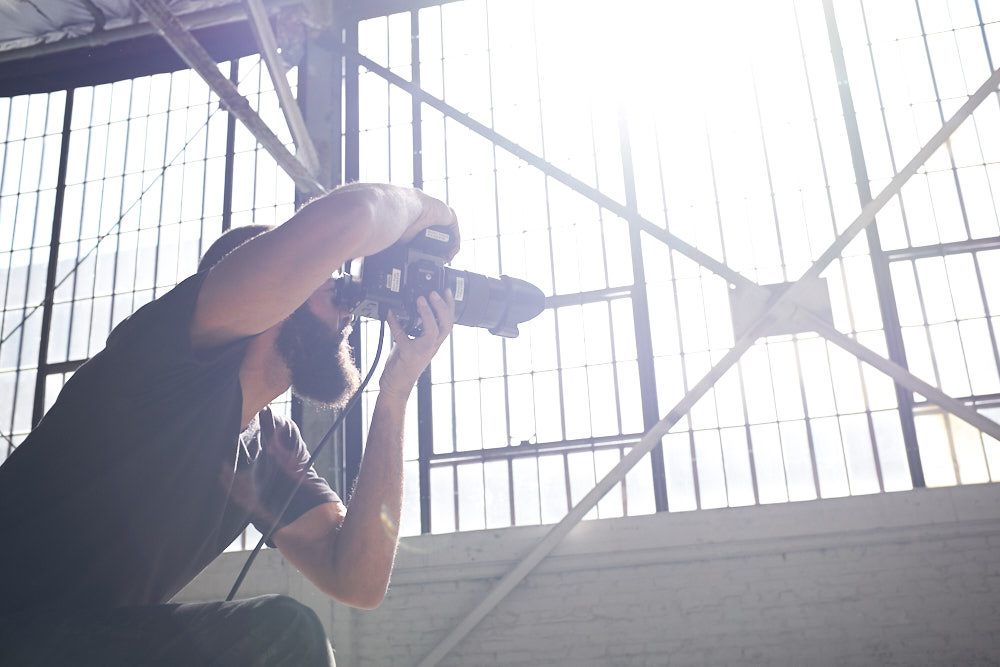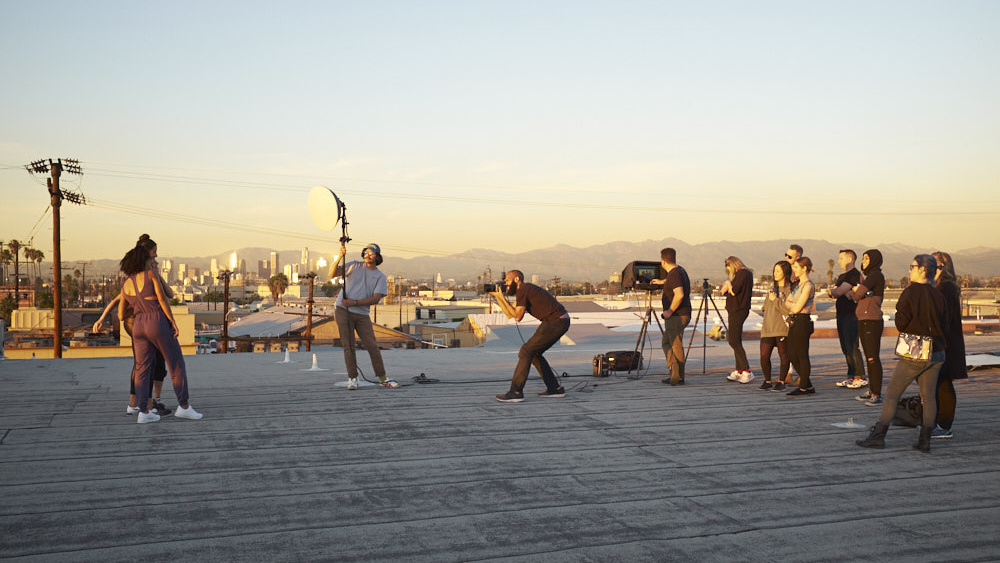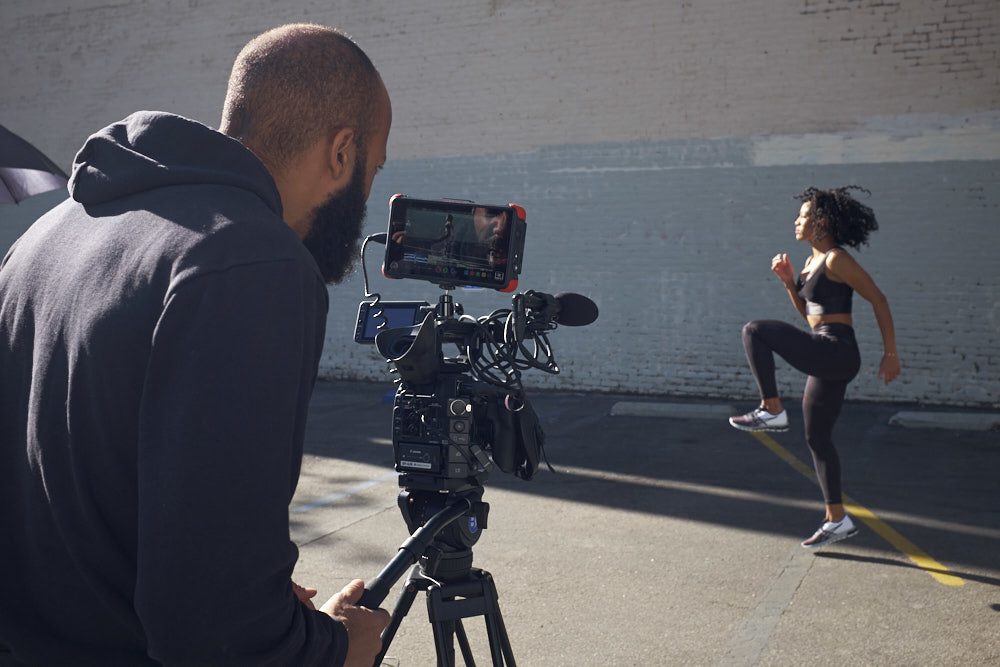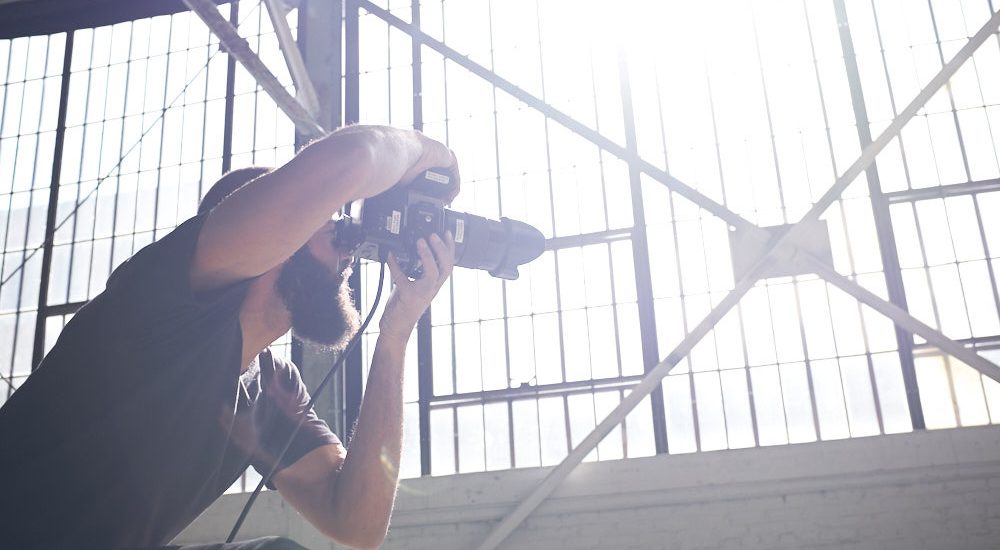After the honeymoon period, where we obsess over every new technological innovation the camera market has provided, what matters when we get to set?
Because I write for this outlet, I do find myself spending an inordinate amount of time reading over camera specs. And naturally, when I’m asked to review a new camera, the specs are often the thing that draws the most interest. They are objective numbers. And people like to try and compare products based on whatever objective facts they can lay their hands on. Makes sense.
Of course, art doesn’t always make sense. And making a career from your art doesn’t always follow the most logical path. And I can say from experience that when it’s game time and you’ve got a client who’s paying you a lot of money standing over your shoulder watching everything that you do, the very last thing you should be worried about is how many megapixels you have in your camera or whether or not your Canon has better eye autofocus than Sony. You’re there to get a job done, not to geek out on tech.
Som when your reputation and bank account are on the line and creating photography and video is not only your passion but how you put food in your dog’s bowl, what are the things to look for when buying a camera that will be worth their weight in gold?

Dependability
All the technology in the world isn’t worth a hill of beans if you can’t depend on it. I’m not going to call out any particular camera here as I don’t want this to devolve into a shadow review or a bashing of one particular product or another. But, as I’ve bought multiple cameras over my two decades in business, it’s safe to say that some have fared better than others.
One in particular that comes to mind, without saying any names, was and is still a technological marvel. What it is capable of is nothing short of amazing. Unfortunately, it is the singular most buggy piece of gear I have ever owned. When it gets things right, it gets things right. But it’s just as likely to mysteriously decide to change focus modes on its own as it is to nail the perfect shot. It seems like every time I take it out, the settings in the camera seem to have changed as a result of what I can only imagine is some mythical fairy who lives inside my Pelican case. And while it’s incredibly possible that I would forget having changed a setting here or there; in general, I’m a “set it and forget it” kind of person. So, things like suddenly realizing I’m only shooting in JPEGs when I haven’t set a camera to shoot anything but raw since the early 2000s is something I’m pretty confident is not the result of my fiddling. As I said, when the camera works, it’s brilliant. But it has so many little buggy issues that crop up at least once per shoot that I simply can’t trust it in do-or-die situations. It may work perfectly fine. But because it’s been so buggy in the past, I can’t in good faith trust it when my name and livelihood are on the line.
This concept was put into concrete form just last week when I was shooting a video piece for a client. It would require two cameras and be shot in one very long uninterrupted take. The show was happening in real-time, meaning that there was zero room for error as the task the subject was performing was not the kind of thing you ask someone to do twice. Both my cameras were from the same manufacturer, but one was a higher-end cinema camera while the other was a smaller but still super-capable mirrorless camera. Because I would be operating solo, I needed at least one of the cameras to operate itself. The mirrorless camera technically had more bells and whistles. I’d even give it the edge in autofocus. But the cinema camera had a bit more durability. So, which would be the A camera and which would be the B? Naturally, I opted for the cinema camera as my A camera and the one that, once I’d framed my master shot, would essentially be left to its own devices while I floated around with the B camera throughout the take. It didn’t take long for my decision to be vindicated, as throughout a multiple-day production, my A camera kept shooting for hours on end without a hitch. The B camera performed admirably, but, over multiple days, did have a hiccup or two which required it to shut down mid-take. It was the B cam and I was still covered by the A, so it’s not like it was the end of the world. But had it been my only option, I might have found myself up a certain creek.

Ease of Use
As a photographer and cinematographer, I love nothing more than doing camera tests. I love to try out different combinations and put a camera through its paces to learn all the wonderful things that it can do. Technology is such at this point that the options can be endless. And it’s a joy to learn new things.
When I’m on set, however, I couldn’t care less about learning new things. On set, I want a practical tool that is going to give me maximum performance and reliability with a minimum amount of fuss. I don’t want to spend all day in my menu settings trying out different combinations to achieve the image in my head. Photography, at its core, is a pretty straightforward operation. Read light (or create it), then set your camera in the best way to capture it.
A few weeks ago, I was shooting a commercial. The camera I was using is pretty much the industry standard for about 85% of productions. In sticking with my theme of not naming names; I’ll just say that the brand name that, depending on your accent, can rhyme with the word “sorry.”
At any rate, if you look at this camera on paper, you might be forgiven for not thinking it’s all that special. I mean, the sensor isn’t even 4K in a world where 8K is the new buzzword. The sensor itself hasn’t changed much in nearly a decade. So, why is this camera still the most used in Hollywood and the commercial world? Because the darn thing just pumps out beautiful images. Whatever the numbers say, the image quality is simply amazing. And more importantly, for today’s discussion, that amazing image quality is only a starting point. Basically, at its worst, the image quality is going to be amazing. Yes, for the resulting image to be good, it requires lighting, composition, artistry, and so much more. But if you fail when shooting with that camera, it’s your fault, not the camera’s. And what I love so much about it is that you get that image quality in a camera that takes all five minutes to learn how to use. There are a lot of cameras these days that can deliver excellent results once you’ve cracked the code of their menu system and know what settings to combine with which. This camera’s footage, on the other hand, just looked good already without me having to do much of anything in the menu system other than decide on the same exposure triangle settings that have been the hallmark of photography since its inception.
So, while other cameras might have superior specs on paper, that camera remains the main object of my desire because it allows me to stop tinkering in the menu and just get to shooting.

Versatility
Now, I quite often repeat the refrain that specs don’t matter at the top of my lungs to anyone who will listen. What I mean by that is that what you are shooting and your creative voice are always more important than having the latest technology. Yes, certain types of photography greatly benefit from certain specs like a higher frame rate or better face tracking. Those things can be really important depending on what genre of photography you have chosen. But if, for example, you shoot still life, then it’s unlikely that you will see many benefits from investing more in a camera because it can shoot 30 fps. Or if you are shooting for newspapers and magazines, the advantages of high-megapixel cameras are far less impactful in your day-to-day.
But there is something to be said for a camera that offers a few benefits that you might not find yourself using regularly but can come in handy. Going back to my early example of shooting the long uninterrupted takes, the battery life on my cinema camera is outstanding and allows me to shoot pretty much all day. But what if, despite all that, the take ended up lasting just a wee bit longer than I was planning? What would happen if I suddenly found myself running out of juice mid-take? Not so great. So, one thing that my camera offers and many larger cameras offer is the ability to plug it into a wall socket and stay on all day. Even though I had plenty of power, I opted for this steady stream of power to ensure that I didn’t have to worry about the camera unexpectedly turning off. Not a feature that will make it into the brochure, but something that in the real-world use can be invaluable.
And that’s just one example. Perhaps you are a photographer and your client suddenly decides mid-shoot that they want video content. Well, first things first, hopefully, you have negotiated extra money for this extra task rather than simply offered to throw it in free. But, assuming you’ve done that, you are now responsible for delivering the best video quality possible. So, while you might not have arrived on set that day thinking you’d be shooting video, having a camera that allows you to capture high-quality video in a pinch can be a major practical advantage.
As I said, I’m a “set it and forget it” kind of guy. So, I’m not someone who always puts to use every single function that my camera is capable of. But, to me, versatility in a camera is something of a “get out of jail free” card. It’s part of your job as a professional to plan for contingencies. But even the most experienced photographer will eventually encounter unforeseen circumstances. A great camera will have just the right amount of flexibility that it can not only perform those tasks you acquired it to do but also offer you a bit more flexibility to adapt when necessary.
There you go. Those are the three most important qualities I’m looking for when shopping for a camera. I realize it’s not as sexy as talking about megapixel counts or dissecting pixels punched in at 400%. But, in actual practice, these are the features that I depend on every day to perform the work that my clients demand.
